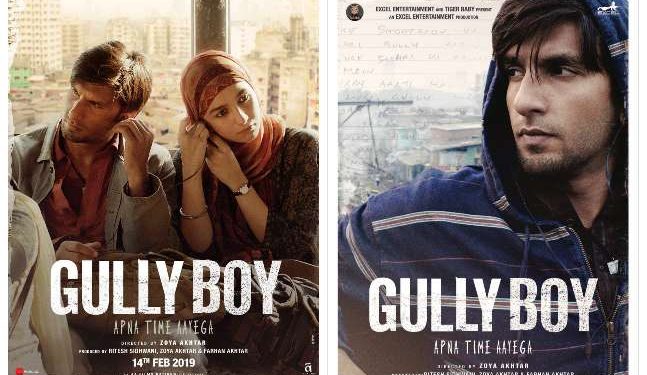Mumbai: There was caste divide, women’s empowerment and class schisms but also everyday problems like balding and India’s obsession with fair skin in a year that saw several Hindi films straddle box office success and cerebral content too.
So, if 2019 was the year of Bala, it was also about Article 15, Saandh ki Aankh and Gully Boy.
Some sparked meaningful conversations and there were many others which barely scratched the surface.
Of the lot, the biggest crowd puller was Zoya Akhtar’s Gully Boy, starring Ranveer Singh as a young man from the slums of Mumbai channelising his anger through street rap. The film, also starring Alia Bhatt, was a sharp view on the class divide that separates the rich and poor in India and how those without means are discouraged from dreaming big.
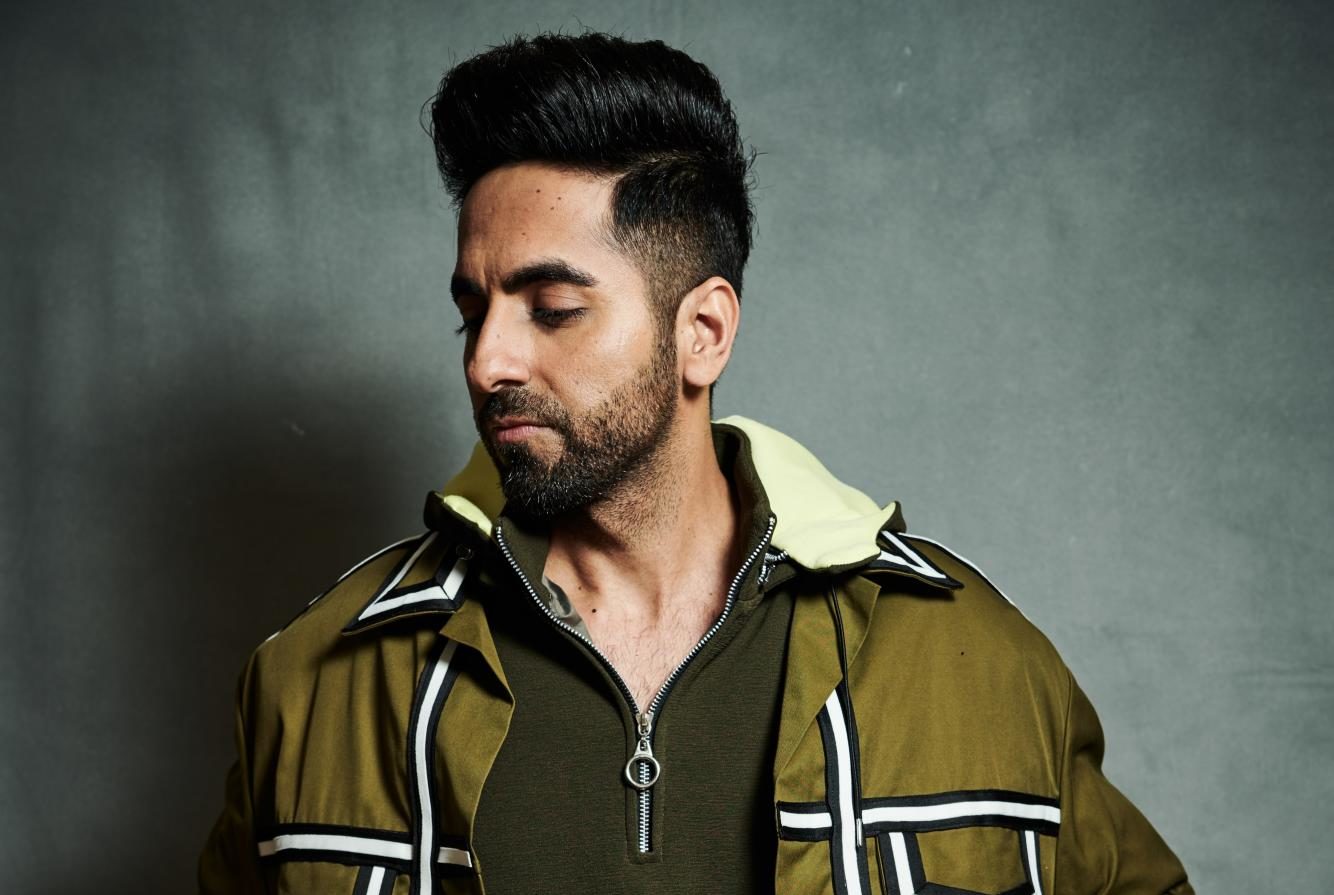
There was also Anubhav Sinha’s Article 15, which offered a critical look at deep-rooted casteism in Indian society. Inspired by stories from the Hindi heartland, the film, seen through the eyes of an idealistic police officer played by Ayushmann Khurrana, sparked a debate on casteism.
Khurrana, who was a part of both Article 15 and Bala, which revolved around premature hair loss and the impact on self-confidence, credited viewers for accepting issue-based movies.
“We have always had artistes who are socially responsible. It’s just that films which were off-centre, which were named as parallel cinema are doing well now which is a great change. And I owe this change to the audience,” Khurrana told was quoted as saying by a film magazine.
One of the biggest money spinners of the year was Kabir Singh, slammed by some as misogynistic and watched by many others. But there was counter narrative with the progressive Saand ki Aankh.
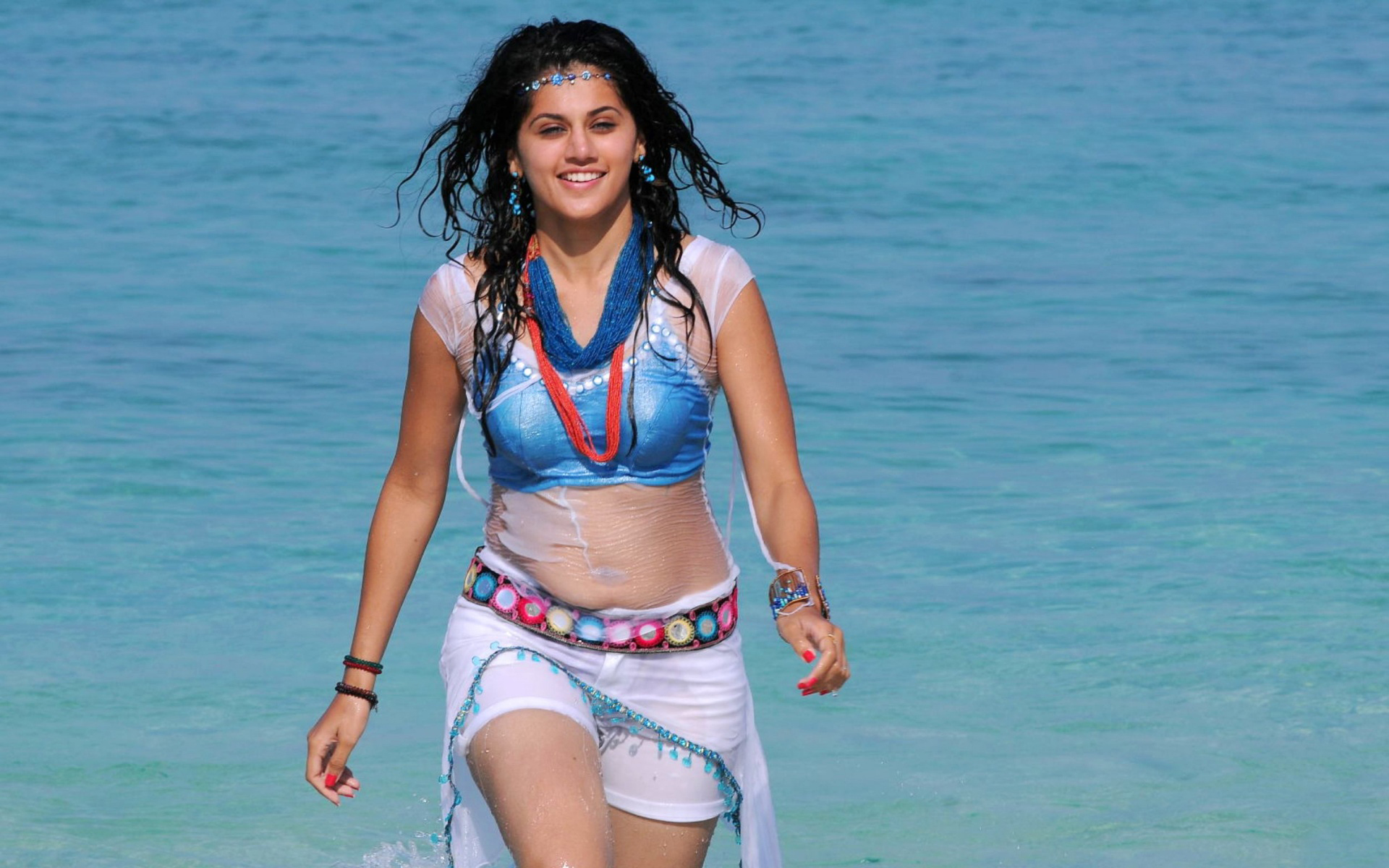
Taapsee Pannu and Bhumi Pednekar featured in the film, a biopic on multiple award winners ‘shooter dadis’ Chandro and Prakashi Tomar of Haryana. The film even though did not do well at the box office achieved critical claim.
According to actor Richa Chadha, films have the power to change perception.
“Films are a powerful tool. But it is not the responsibility of cinema alone to change society. It is the duty of our elected representatives and citizens of this country to do their bit,” Chadha, who appeared in Article 375, a film on false rape cases that some denounced as problematic,” said.
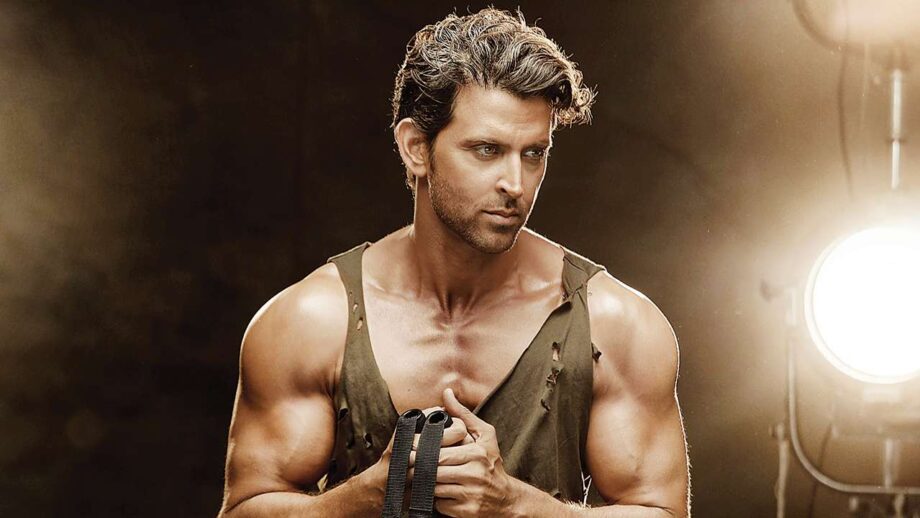
Hrithik Roshan starrer Super 30, a biopic on Bihar’s Anand Kumar, who runs a coaching centre for underprivileged students in his home town, put the spotlight on the importance of education.
Though the film was plagued by controversies after its director Vikas Bahl was accused of sexual harassment by a former junior, the movie was a box office success.
Off the mainstream track, director Soumitra Ranade remade the 1980 film Albert Pinto Ko Gussa Kyon Aata Hai, epitomising the common man’s anger in the face of social, political and cultural rot.
The film, starring Manav Kaul and Nandita Das in pivotal roles, however, did not make any waves at the box office.
“A writer should write what he/she feels deeply about, what moves her/him profoundly, no matter the genre or plot. Fortunately, that’s what we’re beginning to see with films that deal with social concerns. It shows that writers are allowing their social conscience to influence their creativity. It’s a wonderful trend,” noted acclaimed writer Anjum Rajabali.
Ek Ladki Ko Dekha Toh Aisa Laga, starring Sonam Kapoor in the lead role, was one of the first major Indian productions to deal with homosexuality though there was some criticism that the film approached the topic in a stereotypical manner.
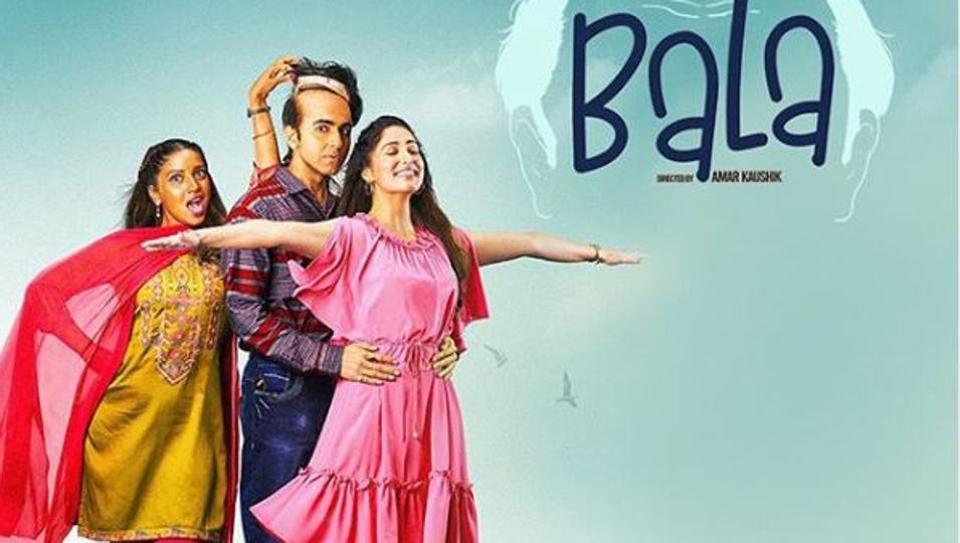
On a somewhat lighter vein, Gone Kesh and Bala focused on how premature hair loss can make a person the subject of ridicule. In a year where there were one too many movies focusing on the subject, these two stood out.
Bala also dealt with prejudices about dark skin through the character of Bhumi Pednekar. But the ‘brown face’ of the character was deemed offensive by many, undoing the very prejudice that the movie wanted to address.
Gone Kesh, starring Shweta Tripathi as an aspiring dancer diagnosed with alopecia, a condition where she starts losing hair rapidly, also offered the message about inner beauty.
The year came to an end with Rani Mukherji’s Mardaani 2 and Good Newwz. One highlighted the incidents of brutal sexual assault and the other a light hearted take on IVF.
Overall it was a year where Hindi films started experimenting more with different topics, breaking away from stereotypes. It opened up a new horizon for the audience and had them wanting more. To put it simply, the films made in 2019, usher in the hope that 2020 will be different, very different indeed.
PNN & Agencies

